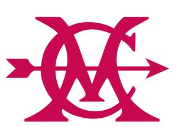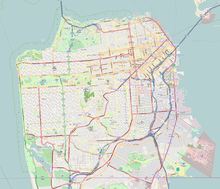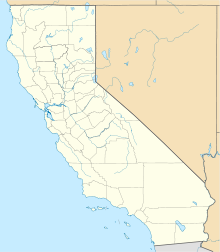
The Colony Club is a women-only private social club in New York City. Founded in 1903 by Florence Jaffray Harriman, wife of J. Borden Harriman, as the first social club established in New York City by and for women, it was modeled on similar gentlemen's clubs. Today, men are admitted as guests.

The University Club of New York is a private social club at 1 West 54th Street and Fifth Avenue in the Midtown Manhattan neighborhood of New York City. Founded to celebrate the union of social duty and intellectual life, the club was chartered in 1865 for the "promotion of literature and art". The club is not affiliated with any other University Club or college alumni clubs. According to The New York Times, the club is considered one of the most prestigious in New York City.

The Palace Hotel is a landmark historic hotel in San Francisco, California, located at the southwest corner of Market and New Montgomery streets. The hotel is also referred to as the New Palace Hotel to distinguish it from the original 1875 Palace Hotel, which had been demolished after being gutted by the fire caused by the 1906 San Francisco earthquake.

The California Club is an invitation-only private club established in 1888, based in Los Angeles, California.
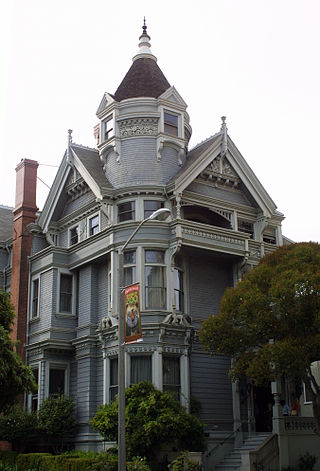
The Haas–Lilienthal House is a historic building located at 2007 Franklin Street in San Francisco, California, United States, within the Pacific Heights neighborhood. Built in 1886 for William and Bertha Haas, it survived the 1906 San Francisco earthquake and subsequent fire. The Victorian era house is a San Francisco Designated Landmark and is listed on the U.S. National Register of Historic Places. It was converted into a museum with period furniture and artifacts, which as of 2016 received over 6,500 visitors annually.
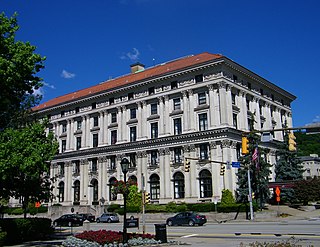
The Pittsburgh Athletic Association is a historic, Benno Janssen designed building located in Pittsburgh, Pennsylvania. Opened as the home of a private social and athletic club of the same name, the building is listed on the National Register of Historic Places.

Houston Hall is the student union of the University of Pennsylvania, in Philadelphia, Pennsylvania. Completed in 1896, it was the first student union built on an American college campus.

The Harmonie Club is a club located at 267 East Grand River Avenue in Downtown Detroit, Michigan. It was designated a Michigan State Historic Site in 1975 and listed on the National Register of Historic Places in 1980.
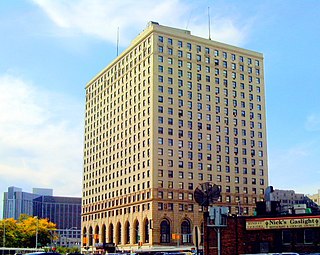
The Detroit-Leland Hotel is a historic hotel located at 400 Bagley Street in Downtown Detroit, Michigan. It is the oldest continuously operating hotel in downtown Detroit, and was listed on the National Register of Historic Places in 2005. The ballroom of the Detroit-Leland has hosted a nightclub, the Leland City Club, since 1983. The hotel is now named The Leland and no longer rents to overnight guests.

The Crescent Athletic Club House is a building at 129 Pierrepont Street at the corner of Clinton Street in Brooklyn Heights, Brooklyn, New York City. Designed by prominent Brooklyn-based architect Frank Freeman and completed in 1906, the building is known today as the Bosworth Building of Saint Ann's School.

The Aurora Elks Lodge No. 705 is a Mayan style building on Stolp Island in Aurora, Illinois. It is included in the Stolp Island Historic District. The building was built in 1926 and was listed on the National Register of Historic Places in 1980.
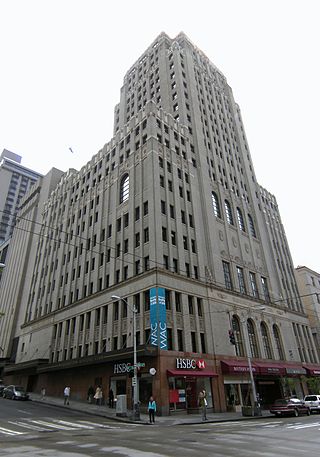
The Washington Athletic Club, founded in 1930, is a private social and athletic club located in downtown Seattle. The 21-story WAC clubhouse opened in December 1930, and was designed in the Art Deco style by Seattle architect Sherwood D. Ford.

The Outing Club is located in the central part of Davenport, Iowa, United States. It has been listed on the National Register of Historic Places since 1977. In 1985 it was included as a contributing property in the Vander Veer Park Historic District.

The University Club of Albany, New York, was a social club founded in 1901 that closed in 2022. It was most recently housed in a Colonial Revival brick building at the corner of Washington Avenue and Dove Street.

The Midwest Athletic Club is a historic athletic club building located at 6 N. Hamlin Ave. in the West Garfield Park community area of Chicago, Illinois. The club was built in 1926-28 under the direction of a committee of West Side business leaders. The thirteen-story building's design featured ornamental terra cotta, large arched windows on the third floor, and a mansard roof; it also provided views of Garfield Park, the north side of which was across the street. Its facilities included an Olympic-sized swimming pool, a gymnasium and exercise rooms, handball courts, billiard rooms, a library, dining rooms, and a ballroom. The club grew to include 2000 members in its first year, most of them businessmen and their families; however, the building entered receivership in 1930 and was converted into a hotel.

Hotel Indigo Atlanta Midtown is a historic building in midtown Atlanta, Georgia. Designed by Atlanta-based architectural firm Pringle and Smith in 1925, the brick building is located on Peachtree Street, across from the Fox Theatre. It has been listed on the National Register of Historic Places since 2006, and, in 2022, is a member of Historic Hotels of America.
The Francisca Club is a women's only private social club in San Francisco, California. It is apparently the oldest private women's club surviving in San Francisco and has been in its clubhouse since the 1920s. It had typically had a membership of around 500; however, recently this has declined to closer to 400.

The Indianapolis Athletic Club was founded in 1886 and quickly became a premiere private club for Indiana businessmen and society elite. It was especially active in Indiana Democratic politics. Credited with fielding one of the first football teams in Indiana and hosting many of the earliest games, it also promoted baseball and boxing matches. The IAC was a founding member of the Amateur Athletic Union of the United States on January 21, 1888.
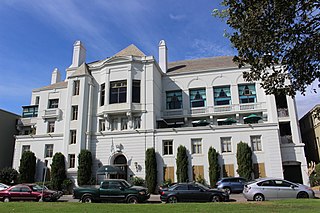
The Women's Athletic Club of Alameda County, at 525 Bellevue Ave. in Oakland, California, was built in 1928–29. It was listed on the National Register of Historic Places in 2009. It has also been known as The Bellevue Club, as Women's Athletic Club, and as Bellevue Club Building.

The YWCA Building, now the Envision Academy of Arts & Technology and Common Webster, is a historic Young Women's Christian Association building in Oakland, California designed by early female architect Julia Morgan. It was completed in 1915, became an Oakland Designated Landmark in 1977, and added to the National Register of Historic Places in 1984.
